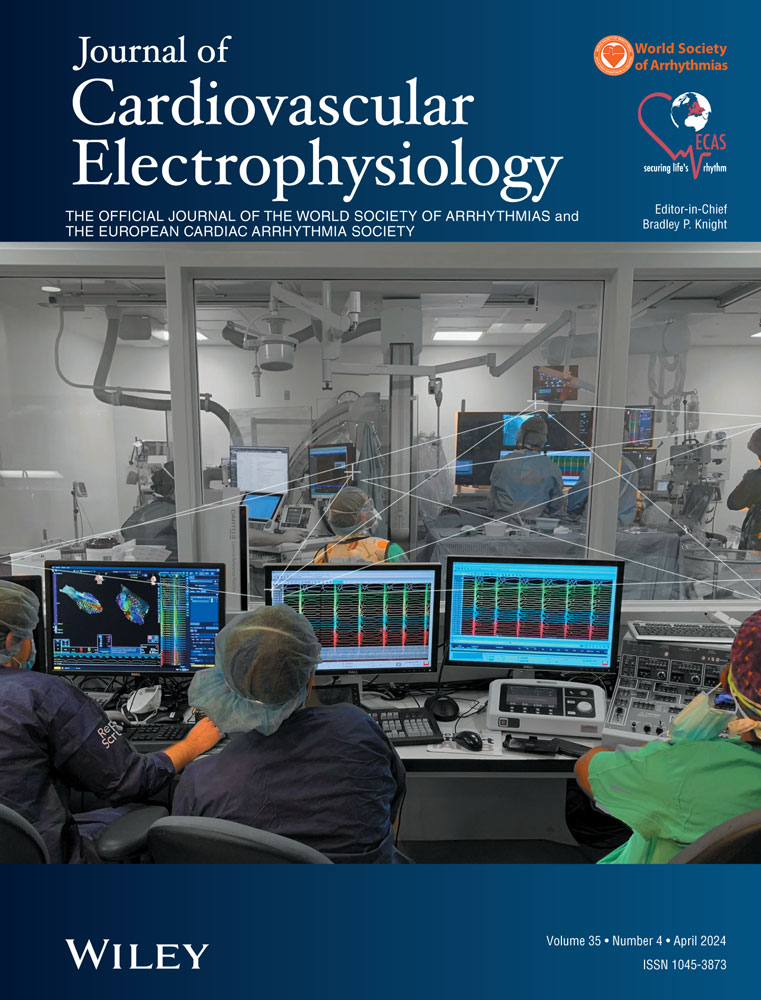Delivery catheter system carries more physiological right ventricular septal pacing than stylet system
Trial registration number: jRCTs042200014
Disclosures: Dr. Yuichiro Maekawa received research and fellowship grants from Biotronic, Medtronic, and Abbott. Other authors: No disclosures.
Abstract
Introduction
The Mt. FUJI multicenter trial demonstrated that a delivery catheter system had a higher rate of successful right ventricular (RV) lead deployment on the RV septum (RVS) than a conventional stylet system. In this subanalysis of the Mt. FUJI trial, we assessed the differences in electrocardiogram (ECG) parameters during RV pacing between a delivery catheter system and a stylet system and their associations with the lead tip positions.
Methods
Among 70 patients enrolled in the Mt FUJI trial, ECG parameters, RV lead tip positions, and lead depth inside the septum assessed by computed tomography were compared between the catheter group (n = 36) and stylet group (n = 34).
Results
The paced QRS duration (QRS-d), corrected paced QT (QTc), and JT interval (JTc) were significantly shorter in the catheter group than in the stylet group (QRS-d: 130 ± 19 vs. 142 ± 15 ms, p = .004; QTc: 476 ± 25 vs. 514 ± 20 ms, p < .001; JTc: 347 ± 24 vs. 372 ± 17 ms, p < .001). This superiority of the catheter group was maintained in a subgroup analysis of patients with an RV lead tip position at the septum. The lead depth inside the septum was greater in the catheter group than in the stylet group, and there was a significant negative correlation between the paced QRS-d and the lead depth.
Conclusion
Using a delivery catheter system carries more physiological depolarization and repolarization during RVS pacing and deeper screw penetration in the septum in comparison to conventional stylet system. The lead depth could have a more impact on the ECG parameters rather than the type of pacing lead.
Open Research
DATA AVAILABILITY STATEMENT
The data that support the findings of this study are available from the corresponding author upon reasonable request.




